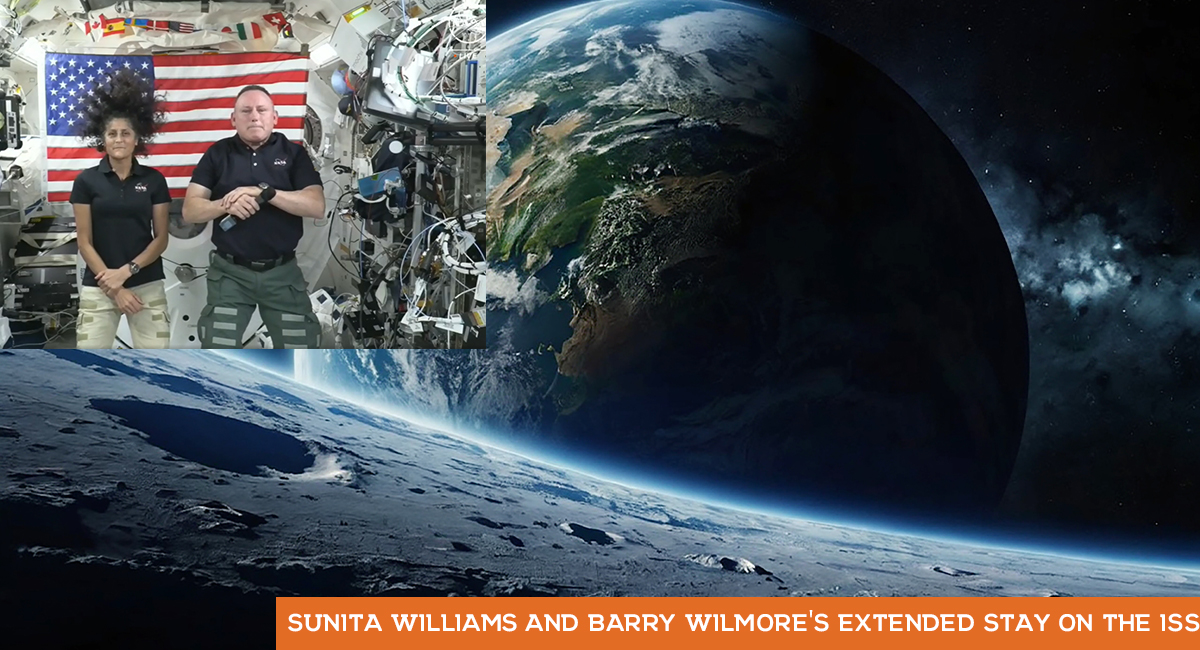
Sunita Williams and Barry Wilmore's Extended Stay on the ISS
In a significant turn of events, American astronauts Sunita Williams and Barry Wilmore, who were originally scheduled for an eight-day mission aboard the International Space Station (ISS), have now extended their stay indefinitely — likely until 2025. This development has profoundly changed life aboard the ISS, bringing both challenges and opportunities for scientific research, international cooperation, and the future of space exploration.
Soyuz vs. Starliner: A Changing Space Landscape
As part of NASA’s Commercial Crew Program, both Williams and Wilmore were initially slated to fly on Boeing’s Starliner. However, ongoing delays and technical challenges with Starliner have led to significant changes in mission timelines. Boeing’s failure to deliver a reliable spacecraft has contrasted sharply with Russia’s Soyuz program, which continues to provide consistent transportation to and from the ISS. Russia’s Soyuz spacecraft recently completed a mission that successfully brought back astronauts, including American astronaut Tracy Dyson, amidst media praise.
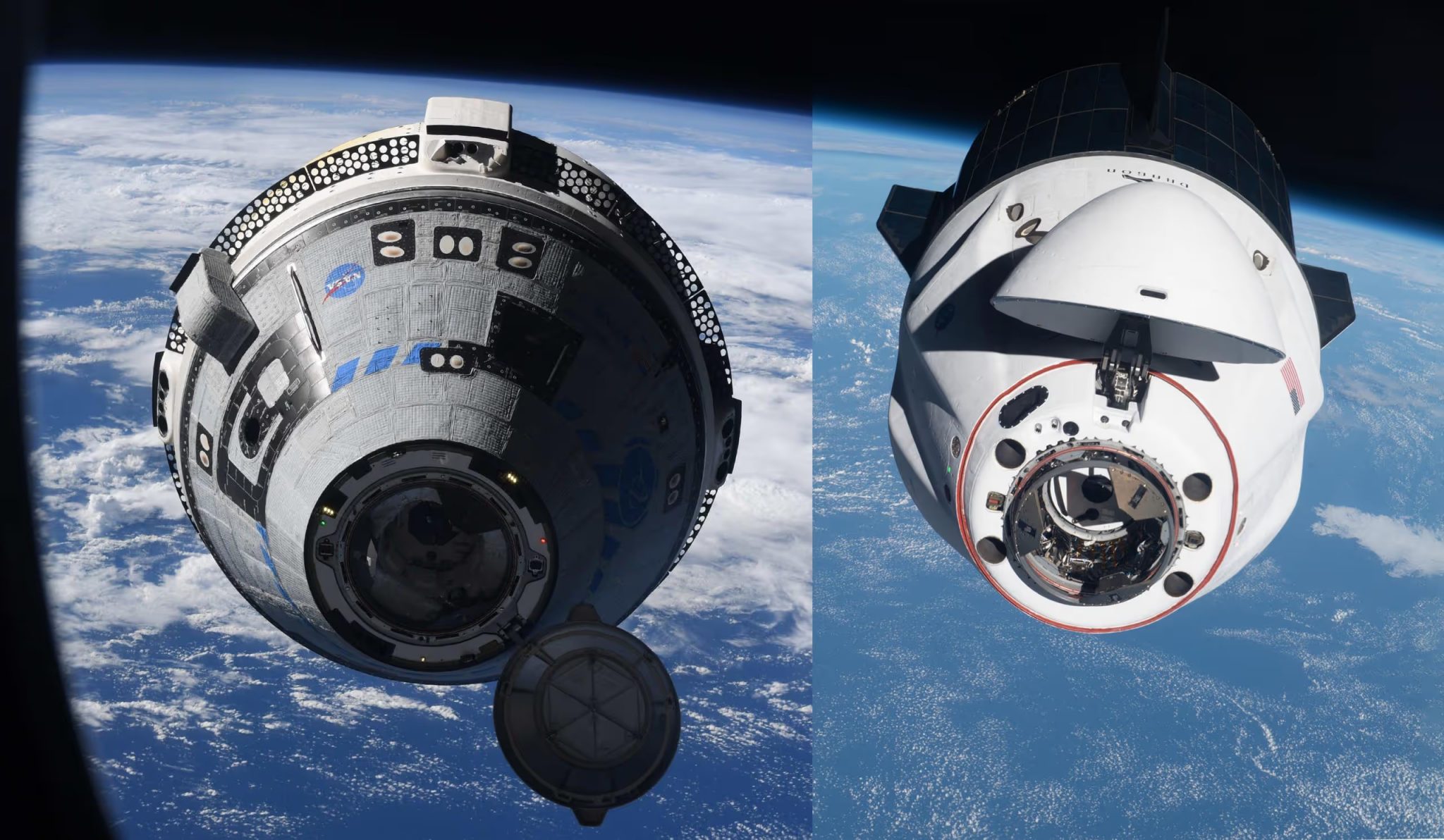
Image credits: Business Today
The Russian news outlet Sputnik highlighted Soyuz’s reliability, noting, “As Boeing fails, Russia’s Soyuz spacecraft gets the job done.” While Boeing grapples with its technological setbacks, Soyuz remains a critical lifeline for crewed missions to the ISS, showcasing a continued reliance on international cooperation in space travel.
Extended Life Aboard the ISS
For astronauts like Sunita Williams and Barry Wilmore, the extension of their mission has reshaped their daily lives on the ISS. They are now part of the core crew responsible for ongoing scientific research, spacewalks, and maintaining the operational readiness of the station. While this extended mission poses unique challenges, it also offers unprecedented opportunities for research, including studies in microgravity, human biology, and robotic systems that could have profound implications for future long-duration missions to the Moon and Mars.
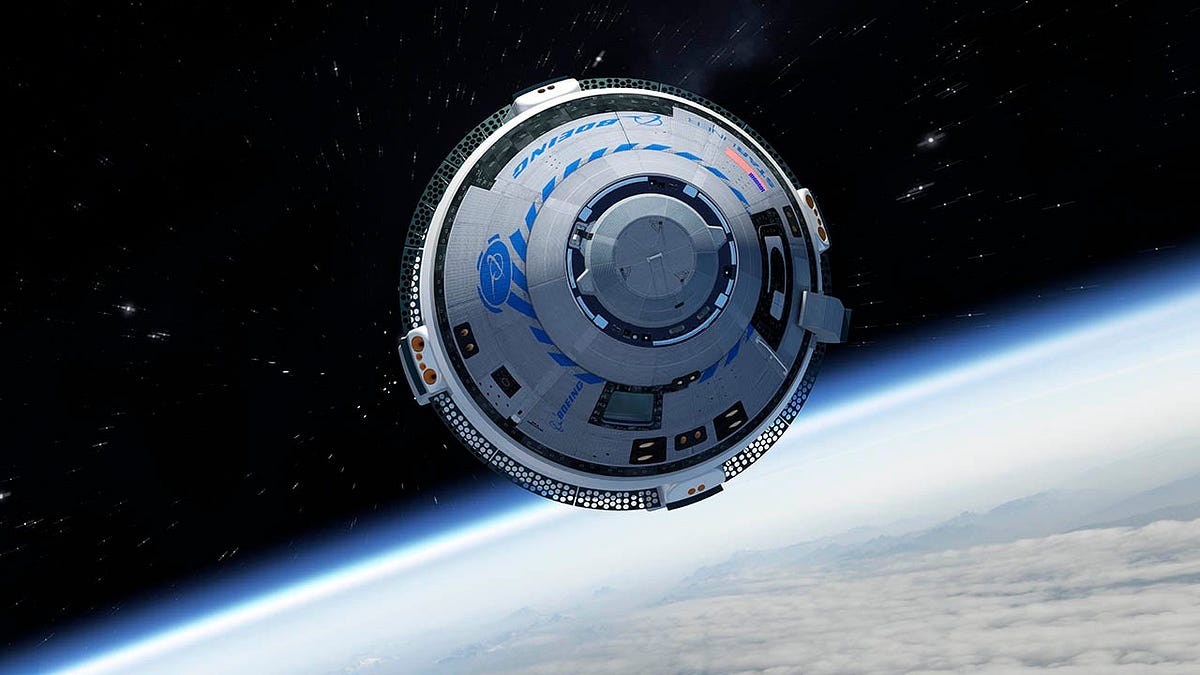
Image credits: Medium
Williams, in particular, is no stranger to the rigors of space life. Having already spent 322 days in space over two missions, she has gained a reputation as one of NASA’s most experienced astronauts. The extension of her mission alongside Wilmore highlights the ever-evolving nature of space exploration, where missions often adapt in response to technological developments, political considerations, and international partnerships.
What This Means for the Future of Space Exploration
The indefinite extension of Williams and Wilmore’s stay signals an increasing willingness to adapt to new realities in space travel. As Boeing continues to work on its Starliner spacecraft, NASA’s reliance on partnerships, such as those with Russia’s Roscosmos, remains critical. This situation also reflects the growing role of private companies like SpaceX, which has become a key player in ferrying astronauts to the ISS via its Crew Dragon spacecraft.
Meanwhile, space agencies around the world, including those from the U.S., Russia, and China, are ramping up efforts to establish permanent bases on the Moon and potentially Mars. The lessons learned from extended missions aboard the ISS, like those of Williams and Wilmore, are critical in preparing astronauts for the long-haul journeys these missions will require.
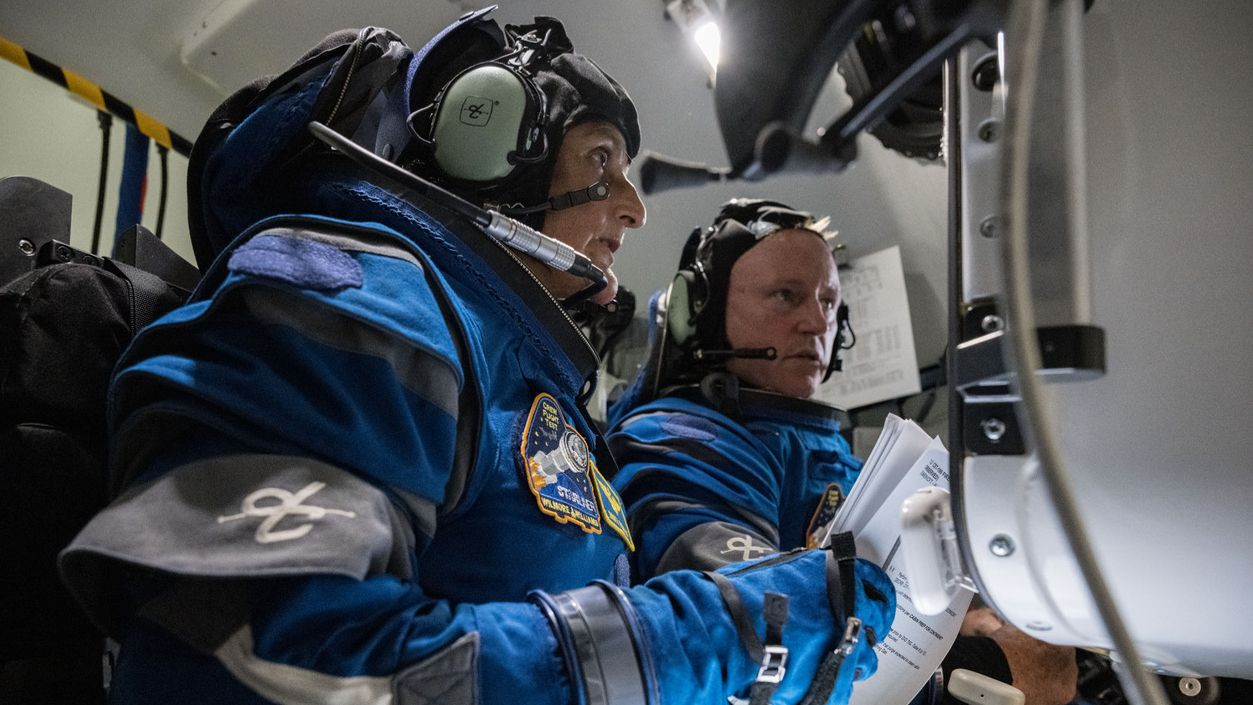
Image Credits: The Truth International
The State of Sunita Williams
While Williams’ extended mission comes with its own set of challenges, her experience, resilience, and leadership aboard the ISS are integral to the success of current and future missions. Delays with Starliner may have postponed some of her plans, but her contributions to space exploration remain invaluable. As she continues to work in orbit, her legacy grows, symbolizing the ever-expanding horizon of human space exploration.
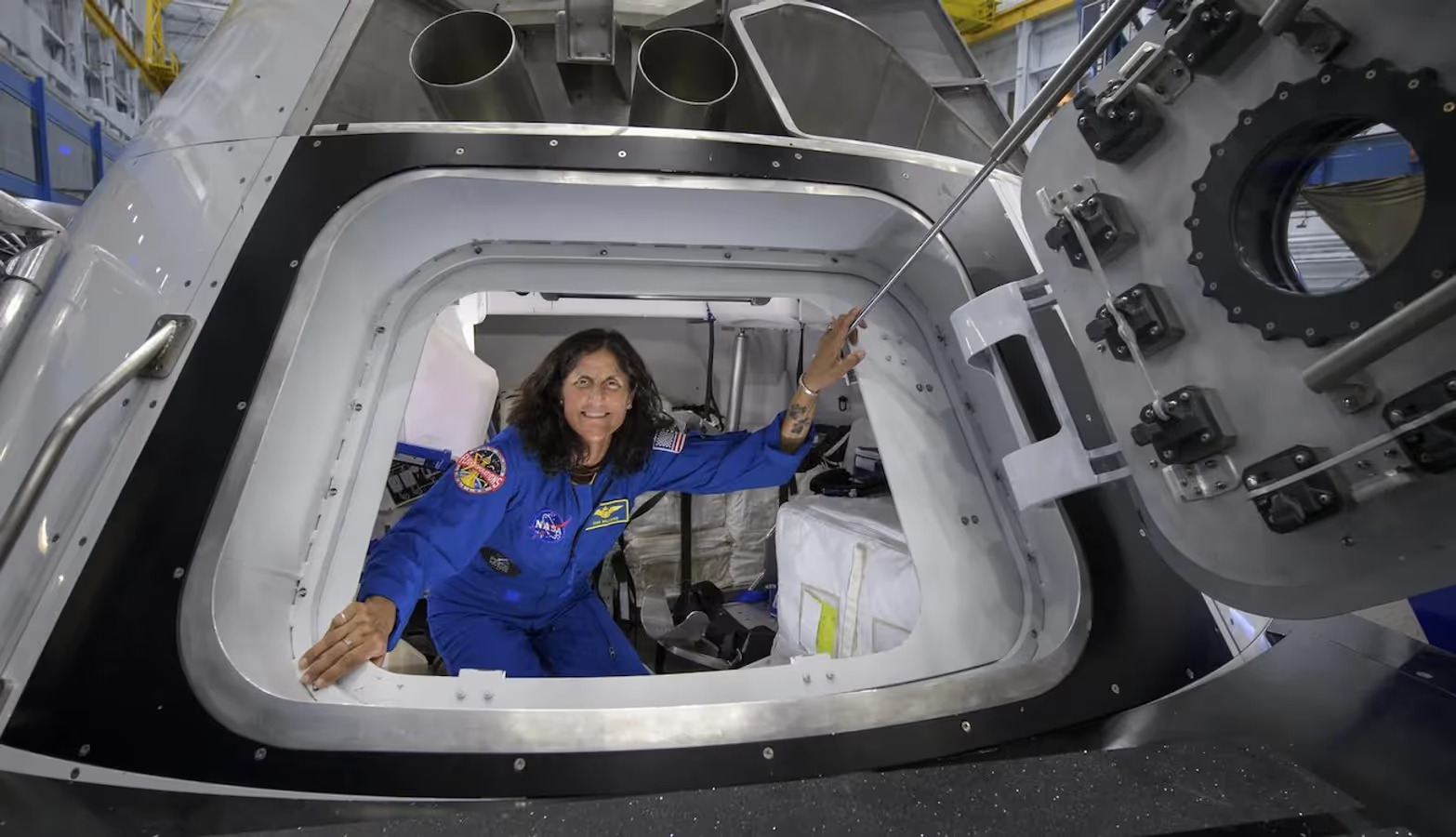
Image credits: Business Today
Collaboration and Adaptation in Space
The space race is no longer confined to national borders, as astronauts like Sunita Williams and Barry Wilmore demonstrate the strength of international cooperation.
Even with technological setbacks from companies like Boeing, collaboration between countries and private industries ensures that human exploration of space continues.
With their indefinite stay on the ISS, Williams and Wilmore are contributing to research that will inform the next generation of space missions.

Image Credits: Precious Kashmir
Their presence also underscores the critical importance of resilience and adaptability — both for astronauts and for the global partnerships that make such missions possible.
IS360 Can be Reached at
Sharing is caring!

